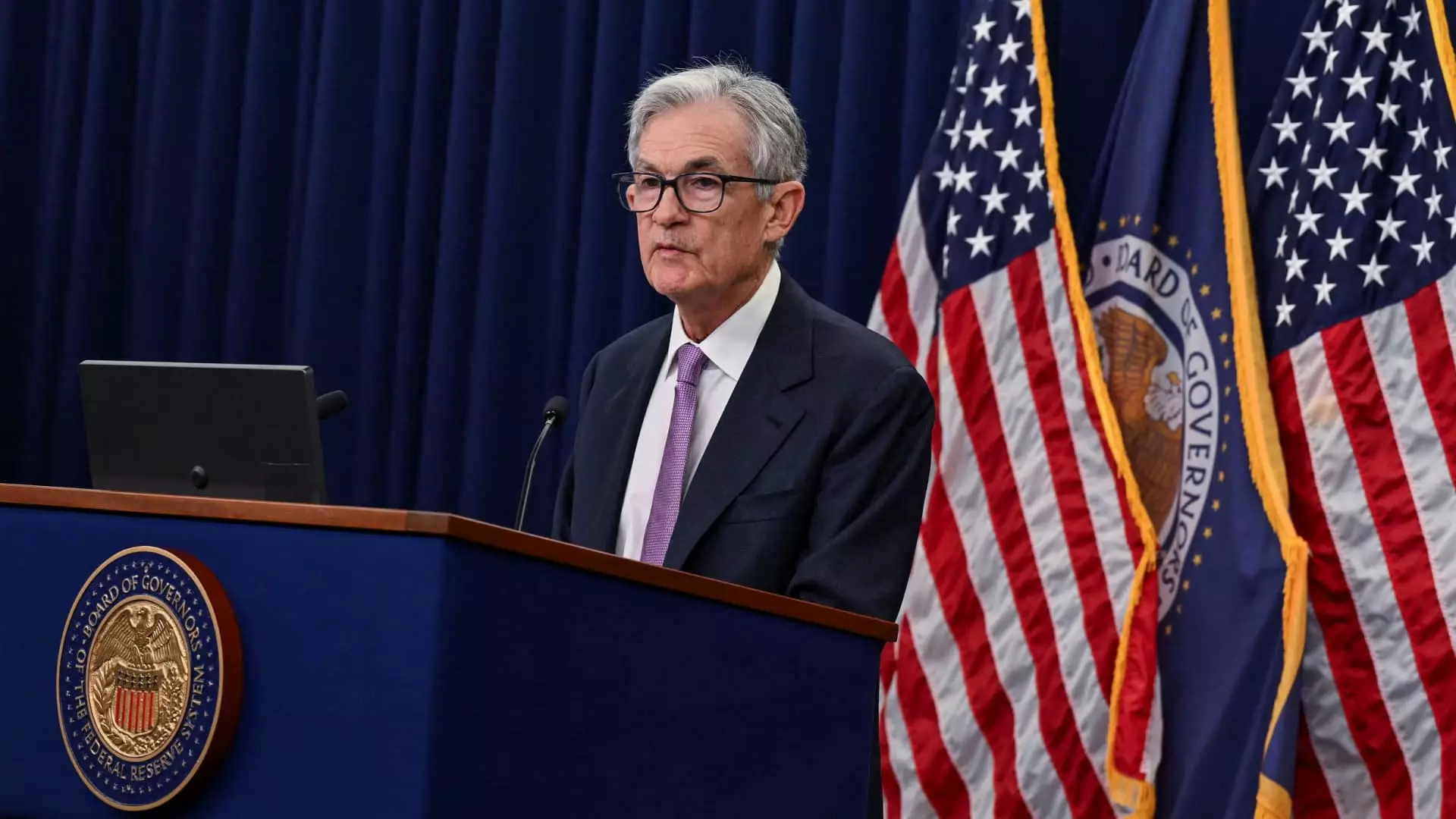Recent communications from the Federal Reserve have painted a picture of cautious optimism regarding inflation and labor markets in the United States. According to the minutes of the Federal Open Market Committee (FOMC) meeting held in November, officials conveyed a firm belief that inflationary pressures are beginning to ease, supported by a resilient job market. Despite these positive indicators, most inflationary measures remain above the Fed’s target rate of 2%. Consequently, policymakers advocate for a measured approach to cutting interest rates, indicating that while a reduction is forthcoming, it will be implemented gradually.
In the FOMC meeting, a consensus emerged regarding the need for continued rate adjustments, although specific timing and magnitudes were left unclear. The minutes captured a sentiment that if current trends in economic data persist—where inflation steadily approaches the 2% goal and employment levels remain robust—then a gradual shift towards a neutral monetary policy stance appears prudent.
In a significant policy decision, the FOMC unanimously agreed to lower its benchmark borrowing rate by 25 basis points to a target range of 4.5% to 4.75%. The markets are anticipating potential further cuts in December; however, doubts have crept in due to uncertainties surrounding the economic implications of President-elect Donald Trump’s proposed tariffs. The fluctuations in market confidence highlight the intricate relationship between fiscal policies and the Fed’s monetary strategies, particularly in a transitioning political landscape.
Despite the overarching theme of economic stability, the minutes left several crucial questions unanswered. Notably, there was little discussion of how Trump’s fiscal policies might influence inflation and employment. This omission reflects a broader uncertainty among Fed officials about the future trajectory of economic conditions, which complicates their assessment of what constitutes a ‘neutral’ interest rate that neither stimulates nor constrains economic growth.
Amidst the discussions on monetary policy, there is recognition of conflicting signals regarding inflation. Many FOMC participants noted that month-to-month fluctuations in inflation are likely to continue, driven by several factors. For instance, a significant portion of the current inflation reading is influenced by rising shelter costs, although these are expected to moderate as rental prices stabilize. The Fed officials have expressed confidence that overall economic indicators are gradually aligning in favor of returning inflation sustainably to the desired 2% threshold.
Furthermore, there has been considerable emphasis on various forces likely to exert downward pressure on inflation. The consensus points towards diminishing pricing power among businesses, the restrictive nature of the current monetary policy, and stable long-term inflation expectations among consumers contributing positively to the disinflationary outlook. This general assessment reflects a proactive stance among policymakers, who are keenly aware of the delicate balance they must maintain in managing monetary policy expectations.
The labor market remains another focal point in the Fed’s discussions. Although recent reports indicated a disappointing increase of just 12,000 nonfarm payrolls in October—blamed largely on disruptive weather and labor strikes—FOMC members pointed to the broader stability of labor conditions. Layoff rates have been kept in check, providing reassurance that the labor market is not exhibiting signs of acute weakness.
Market Reactions and Future Projections
Despite the Fed’s optimistic outlook, market interpretations of future rate cuts are increasingly cautious. The probability of a December rate cut has dipped below 60%, reflecting concerns about the broader economic impact of forthcoming fiscal policies. Traders’ outlook now predicts a total reduction of only 0.75% through the end of 2025, underscoring apprehension about the degree of forthcoming interest rate adjustments.
This evolving dynamic between the Fed’s monetary policy and market expectations highlights the challenges central banks face in a climate laden with uncertainty. As the Fed continues to navigate these complexities, it will be vital for them to communicate effectively and transparently to foster confidence among investors and consumers. The path ahead may require the Fed to adapt strategies in response to new economic data and evolving external factors, ensuring that the equilibrium between stimulating growth and keeping inflation in check remains intact.
The Federal Reserve appears committed to a gradual approach to interest rate policy amid encouraging signs of easing inflation and a steady labor market. The complexities surrounding fiscal policy under a new administration, however, may introduce unforeseen challenges that could influence both consumer sentiment and market conditions in the months to come.

